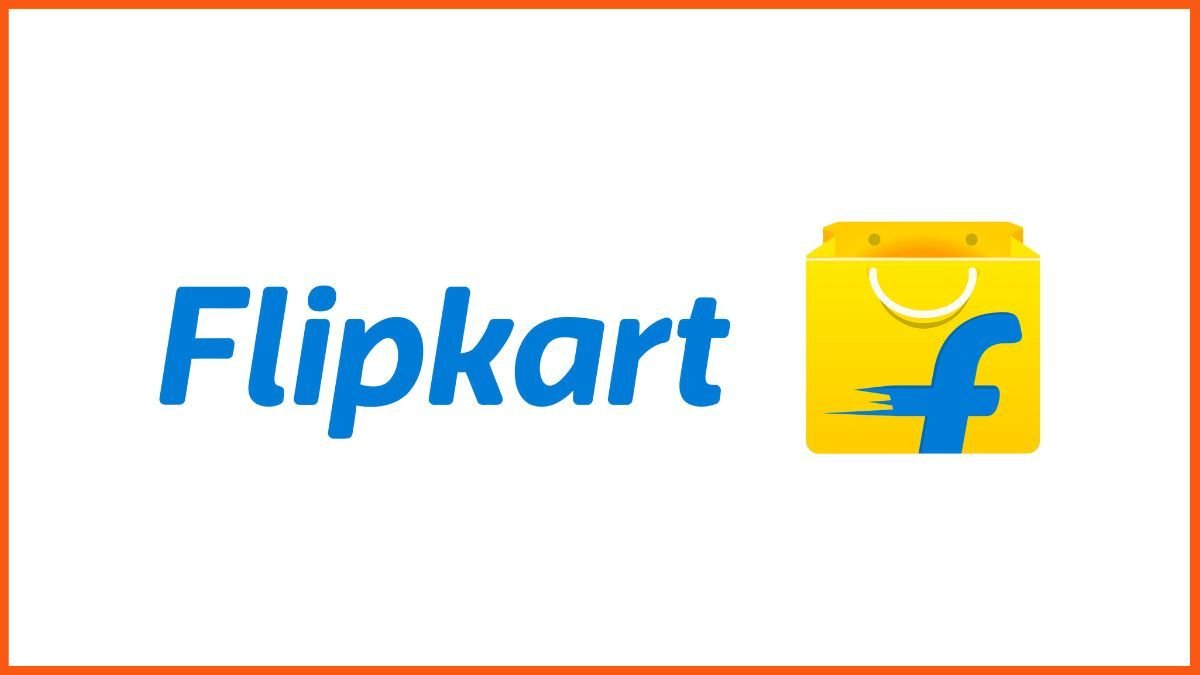Launched in 2007 by two former Amazon employees, Sachin Bansal and Binny Bansal, Flipkart began as an online bookstore. Over the years, it grew into a household name and one of India’s largest e-commerce platforms, revolutionizing how Indians shop online.
From Books to Everything
What started with just a handful of book listings soon expanded into a full-fledged online marketplace. Today, Flipkart offers millions of products across categories like:
Electronics and appliances
Fashion and lifestyle
Home and furniture
Groceries and daily essentials
Its growth reflected a broader shift in consumer behavior, with more Indians embracing online shopping for convenience, variety, and value.
Key Innovations and Milestones
Cash on Delivery (COD): Flipkart popularized COD in India, a game-changer in gaining customer trust.
Easy Returns & Replacement: Simplified policies gave first-time users confidence to shop online.
Big Billion Days Sale: One of India’s biggest annual online sales, driving massive traffic and sales.
Acquisition of Myntra and Jabong: Expanded Flipkart’s footprint in the fashion e-commerce segment.
Logistics Arm – Ekart: Built an in-house delivery network to ensure timely shipping and better service.
Walmart Acquisition
In 2018, US retail giant Walmart acquired a 77% stake in Flipkart for $16 billion — one of the largest deals in India’s startup history. This validated Flipkart’s position as a major player and signaled growing global interest in India’s digital economy.
Impact on India’s Digital Economy
Empowered small businesses and local sellers to reach a national market
Created thousands of direct and indirect jobs in logistics, tech, and support services
Contributed to the digital and financial inclusion of millions of Indian consumers
Conclusion
Flipkart didn’t just sell products — it sold a new experience of trust and ease to Indian consumers. As it continues to evolve and compete, Flipkart remains a symbol of innovation, ambition, and resilience in India’s startup journey.









